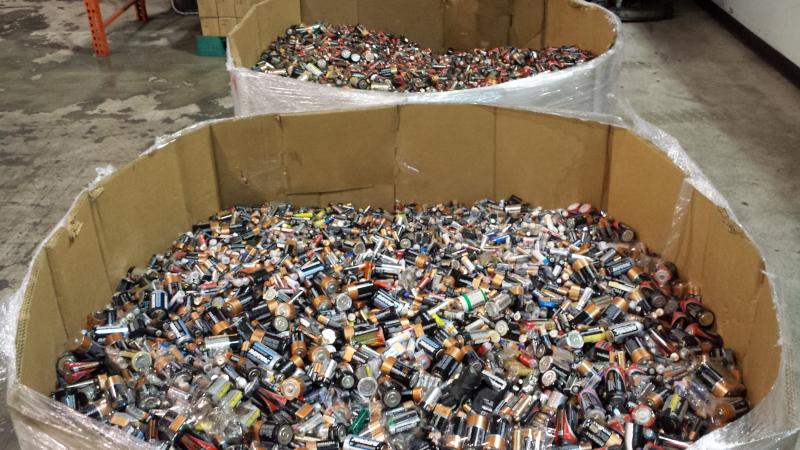From your own link:flynfrog wrote:Max theoretical energy storage.
http://www.pa.msu.edu/cmp/csc/eprint/DT225.pdf (this is your carbon Nanotube battery)
I was looking for a better reference buts its surprising difficult to fine references for physics principals.
So please explain a bit further what are you talking about with the max theoretical energy storage, because if your own link provide info about a battery that can storage 10 times the energy of current LiIon batteries I really can´t get what´s the problem.Among all calculated systems, the Li/F2 battery processes the highest energy density and the Li/O2 battery ranks as the second highest, theoretically about ten times higher than current Li-ion batteries
There´s a limit, ok, but we only need 2-3 times current capacity (more will be better for lighter batteries and cars, but with 3 times will be enough to surpass ICE range), if it´s theoretically possible up to 10 times, what´s the problem?
Maybe with past chemistries, but how do you know that will remain true with future ones?flynfrog wrote:5-8%
http://pubs.rsc.org/en/Content/ArticleL ... c0ee00777c don't have a non pay version but you can see the trend from the graphs below and it is not depended on chemistry.
http://qph.is.quoracdn.net/main-qimg-27 ... _webp=true
http://qph.is.quoracdn.net/main-qimg-e6 ... _webp=true
LiS batteries supposedly will double energy density of LiIon, that would mean a huge step forward. LiO batteries will do the same again, doubling LiS batteries energy density.
Even if reality finally is a half of that, that 5-8% will suffer a dramatic increase
What you´re not considering is the impact of LiS batteries (or whatever chemistry that doubles current energy density). That will be a game changer on the EVs world. All manufacturers WILL use that batteries, and that means the company making those batteries will have a turnover of several billions per year, so these companies are investing like crazy on batteries right now all around the world
Expectations had never been so high for any battery manufacturer, so investment is comparable, and develping rate will be too. Not comparable to 1900-2000 era (5-8% rate) when batteries where used for very limited products, EV will be all around the world, and each one will carry hundreds of those batteries, apart from mobile phones, laptops, etc. 30 years back few products used batteries, today there are billions products using batteries on every country. Not comparable, you can´t take past century as a reference







